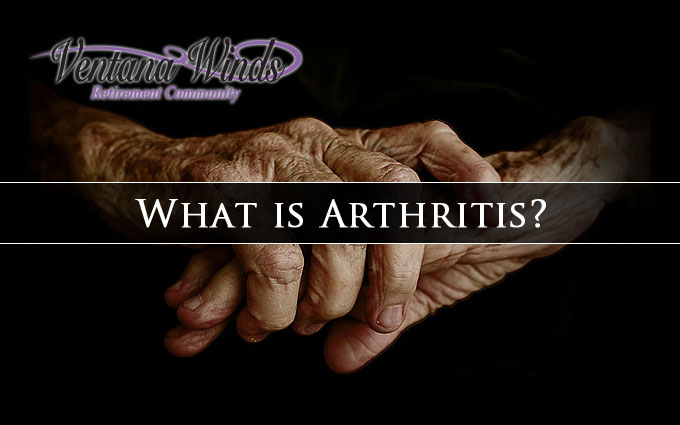Assisted Living Peoria

If you’re searching for “Assisted Living Peoria“, while looking for the best places to retire close to Peoria, Arizona, then Ventana Winds is the Assisted Living Community for you! Take a look below and learn more about Assisted Living in Peoria, give Ventana Winds Retirement Community a call at (623) 624-4406.
Looking for assisted living close to Peoria?
Ventana Winds provides Assisted Living, as well as Memory Care Services for seniors. We are conveniently located within the Peoria area, offering a variety of different living options in order to meet all of the personal needs you or your loved one may require with assisted living.
Ventana Winds is conveniently located in Peoria, close to all the places you will be needing, such as: medical & health care offices, terrific shopping centers, great restaurants, cultural centers, premier golf courses, sports complexes, and more. And the great thing about Ventana Winds, they are all within a two-mile radius!
The reason Ventana Winds Retirement Community is considered to be the best assisted living facility!
The reason people believe that Ventana Winds to be Peoria’s best assisted living facility is because the community has been designed specially for the seniors of today and that includes several different retirement living categories, which include assisted living, as well as memory care. Ventana Winds is perfect for seniors who lead an active lifestyle, as it offers interesting activities, a flexible daily routine and schedule, which is all very stimulating.
More on the assisted living facilities located close to Peoria:
Ventana Winds is an Assisted Living Facility with dazzle, and it is located within the area of Peoria, Arizona. We offer one and two-bedroom apartments, both have plenty of space for all of your personal things, such as furniture, clothing, and photographs, etc. We have a two-story building for our assisted living facility that has been built on an inviting courtyard which also serves as the main point for most activities, and it is a great view from within the apartments. We want to ensure that all of our residents feel at home when they are living within our facility. Our facility also provides help to those in need of it, with their medications, eating, bathing, dressing, toileting, etc. Residents in every apartment have a view of the scenic sunsets and the wide open mountain views.
The Amenities at Ventana Winds Retirement Community include:
- Library
- Activity room
- Swimming pool
- Pool table/ Billiards
- Resort style of dining
Included in monthly rent:
- Three meals per day
- Staffing 24/7
- Deep cleaning done weekly
- Personal laundry done weekly
- Utilities, which includes cable television
All apartments include:
- Microwave
- Refrigerator
- Spacious floor plans
- Window treatments
- Air conditioning & heating units
For our community’s safety we have the following:
- Security cameras
- Wheelchair access
- Desk attendant 24/7
- The Emergency Pendent System
- Transportation for appointments
Floor plans for assisted living
Our retirement community here at Ventana Winds Retirement Community has many different assisted living floor plans for you to choose from. Ventana Winds Retirement Community offers an active style of living for seniors with assisted living needs, and they are conveniently located close to Peoria, Arizona. View our floor plans and find the one that is attractive to you!
Schedule An Assisted Living Facility Tour In Peoria
For More information about Ventana Winds Retirement Community or to schedule a tour at our Assisted Living Facility in Peoria, give Ventana Winds a call today at (623) 624-4406.



